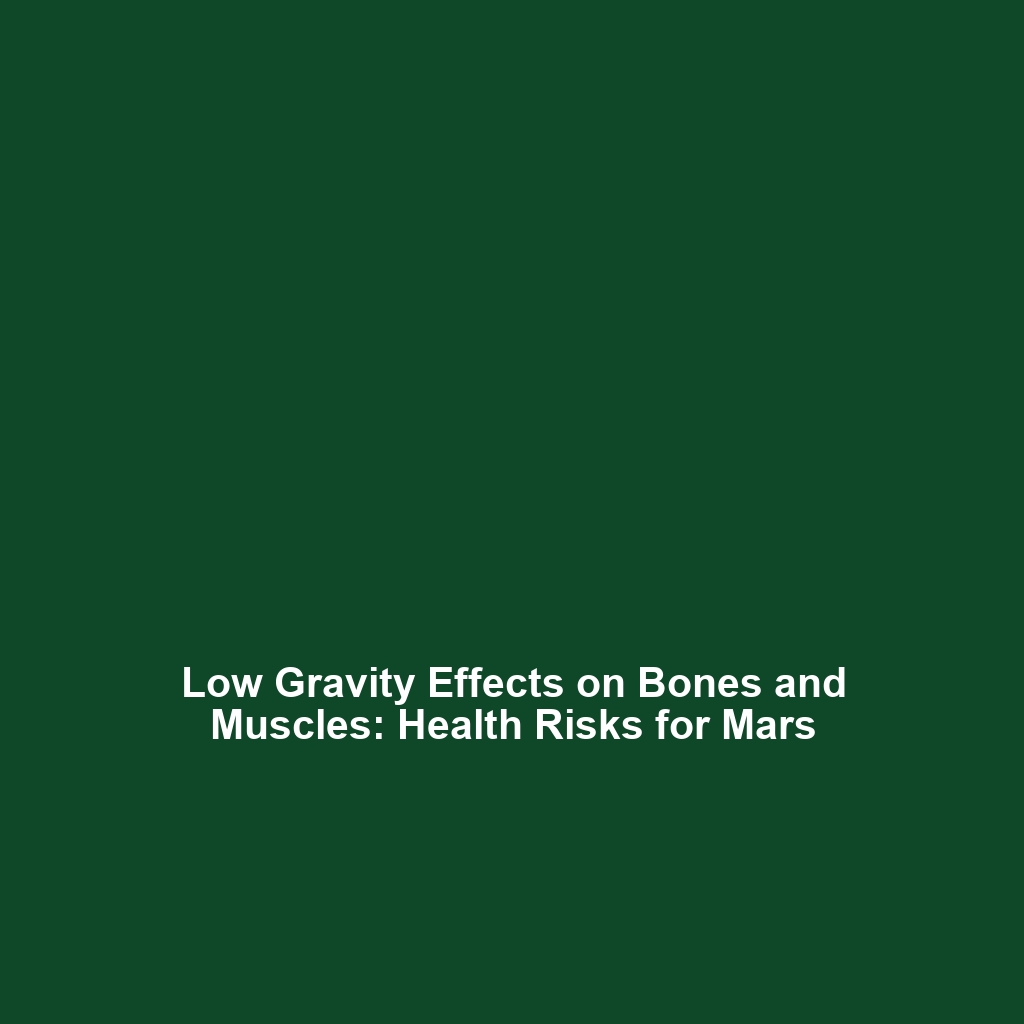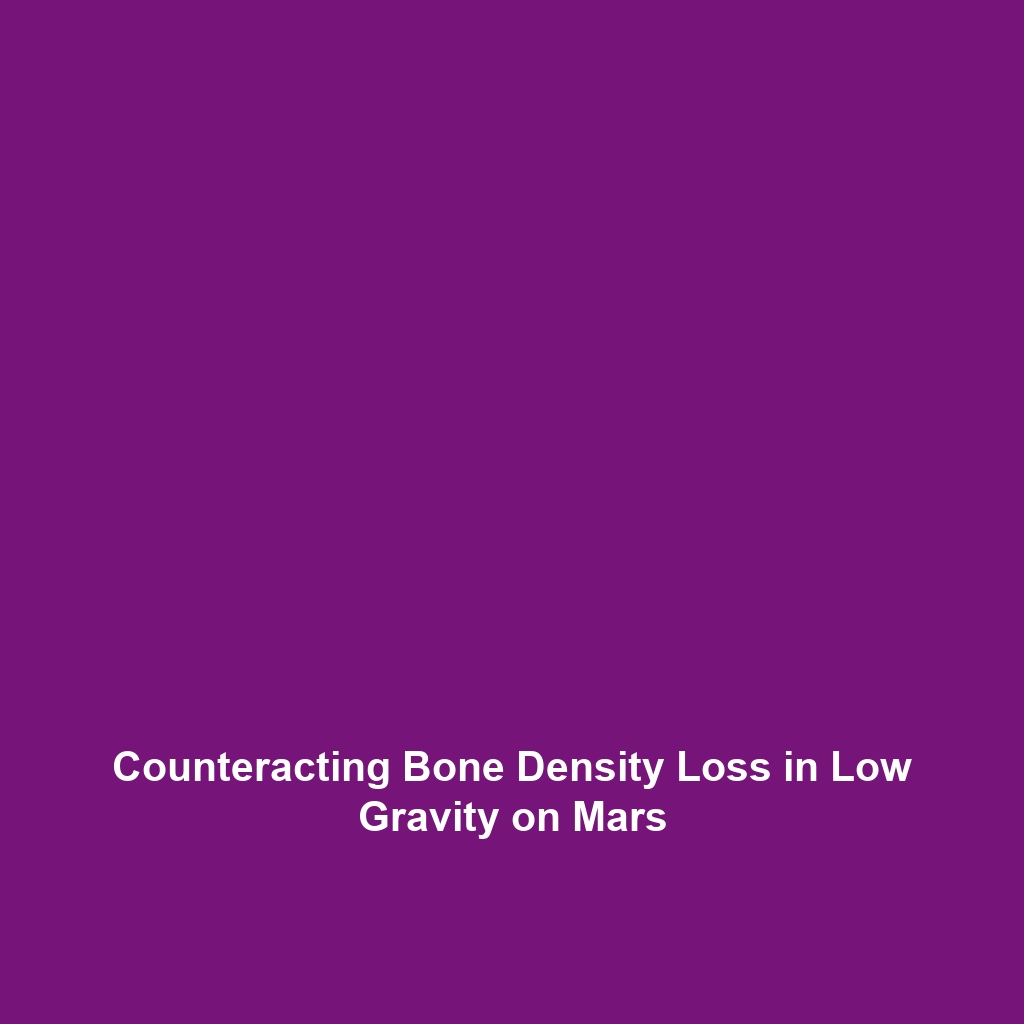CRISPR and Space Exploration: Gene Editing for Long-Term Space Missions
Introduction: The intersection of CRISPR gene editing technology and space exploration heralds a new era for long-term missions beyond Earth. CRISPR, an acronym for Clustered Regularly Interspaced Short Palindromic Repeats, is revolutionizing genetic research and biotechnology. Within the context of deep-space missions, CRISPR offers the potential to enhance astronaut health, cultivate sustainable food sources, and modify organisms for adaptation to extraterrestrial environments. Understanding how CRISPR can contribute to long-term space missions is crucial as humanity prepares for the future of interstellar exploration.
Key Concepts of CRISPR in Space Exploration
CRISPR gene editing enables precise modifications to DNA, making it a powerful tool in various fields, including biotechnology and agriculture. In the context of space exploration, here are some key concepts:
- Genetic Resilience: Enhancing the resilience of crops and microorganisms to withstand the harsh conditions of space.
- Bioregenerative Systems: Utilizing CRISPR to develop bioregenerative life support systems, ensuring sustainable living conditions on long missions.
- Health Improvement: Modifying human microbiomes to improve astronaut health during prolonged periods in space.
CRISPR Techniques
Techniques such as CRISPR-Cas9 allow researchers to target specific genes for modification, making gene editing more efficient and accessible. This has critical implications for creating advanced biological systems that can thrive on extraterrestrial platforms.
Applications and Real-World Uses
The applications of CRISPR gene editing within the realm of space exploration are groundbreaking:
- Food Production: How CRISPR is used in the development of drought-resistant crops that can grow in space.
- Healthcare: Applications of gene editing for developing treatments that bolster astronaut immune systems.
- Microbial Studies: Investigating how altered microorganisms can be utilized for life support or waste recycling on spacecraft.
Current Challenges
Despite its promise, the integration of CRISPR technology into space exploration faces several challenges:
- Ethical concerns regarding genetic modifications of living organisms.
- Technical limitations in implementing CRISPR in microgravity environments.
- Potential risks associated with unintended genetic consequences.
Future Research and Innovations
Upcoming innovations in CRISPR technology are likely to propel the future of space exploration:
- Development of next-generation CRISPR systems that enhance editing precision and reduce off-target effects.
- Studies focusing on long-term effects of space travel on gene-edited organisms.
- Partnerships between aerospace agencies and biotechnology firms to pioneer gene editing protocols for space missions.
Conclusion
CRISPR gene editing holds remarkable potential for facilitating long-term space missions, impacting everything from astronaut health to sustainable food production. As we continue to research and innovate in this field, collaboration across scientific disciplines will be essential. We encourage readers to delve deeper into related topics such as the ethical implications of gene editing and advancements in space agriculture by following internal links to our other articles. The future of space exploration is bright, and CRISPR is at the forefront of making it sustainable and viable.



